Jeremy Tatum writes: Viewers may wonder if Invert Alert is still running, since there hasn’t been a posting since January. There was a technical hitch during this time which prevented new items from being posted. Because of this, in April I opened a new site, called Invertebrate Sightings, and continued Invertebrate postings there. You can find it by typing, at the top of your screen: invertsight.com
The Invert Alert problem is repaired now, and new items can, in principle, be posted there. However, I am faced with a choice: Go back to Invert Alert, or continue with Invert Sightings. It is a difficult choice: each has its own advantages, disadvantages and difficulties. I have decided, at least for the moment, to use the new site, Invert Sightings. You will, I think, still be able to access Invert Alert, but new postings will be on Invert Sightings.
Nevertheless, I am writing this on May 3, and since Gordon Hart is organizing May’s Butterfly Walk for tomorrow, and you are looking at this page, it is a good opportunity to paste here Gordon’s Notice:
Monthly Butterfly Walk – Message from Gordon Hart:
The first Butterfly Walk of the year will take place this Sunday, May 4. We will meet at the summit of Mount Tolmie by the reservoir at 1 p.m. After a look around for butterflies, we will decide on a destination from there. Car-pooling is encouraged, and we will try to return by 4 p.m. For any changes or updates, check this site, or the VNHS calendar at https://www.vicnhs.bc.ca/?page_id=1518

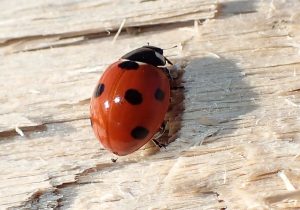 Seven-spotted Lady Beetle Coccinella septempunctata (Col.: Coccinellidae) Ian Cooper
Seven-spotted Lady Beetle Coccinella septempunctata (Col.: Coccinellidae) Ian Cooper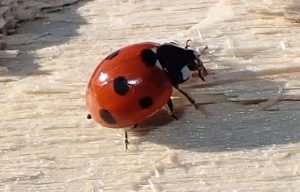 Seven-spotted Lady Beetle Coccinella septempunctata (Col.: Coccinellidae) Ian Cooper
Seven-spotted Lady Beetle Coccinella septempunctata (Col.: Coccinellidae) Ian Cooper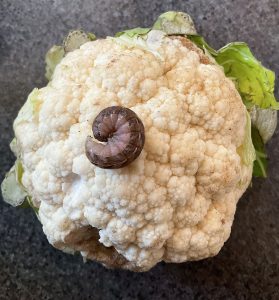 Large Yellow Underwing Noctua pronuba (Lep.: Noctuidae) Barb McGrenere
Large Yellow Underwing Noctua pronuba (Lep.: Noctuidae) Barb McGrenere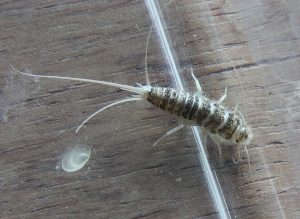 Firebrat Thermobia domestica (Thy.: Lepismatidae) Jeremy Tatum
Firebrat Thermobia domestica (Thy.: Lepismatidae) Jeremy Tatum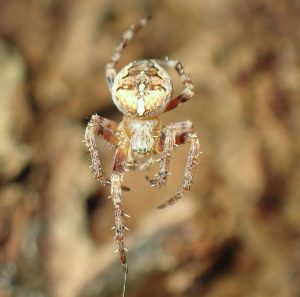 Cross Orb-weaver Araneus diadematus (Ara.: Araneidae) Ian Cooper
Cross Orb-weaver Araneus diadematus (Ara.: Araneidae) Ian Cooper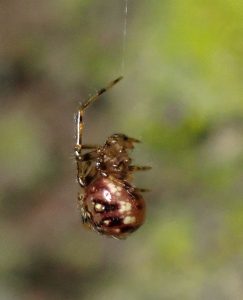
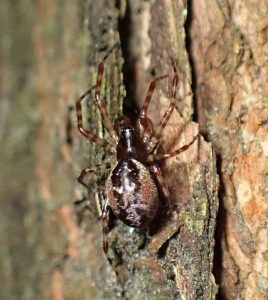 # Female Neriene digna (Ara.: Linyphiidae) Ian Cooper
# Female Neriene digna (Ara.: Linyphiidae) Ian Cooper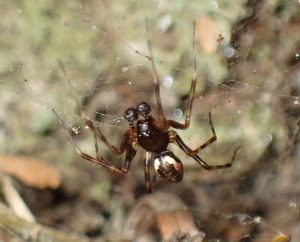 # Male Neriene digna (Ara.: Linyphiidae) Ian Cooper
# Male Neriene digna (Ara.: Linyphiidae) Ian Cooper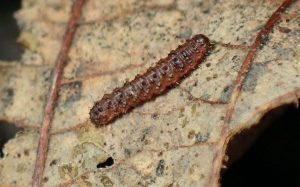 #Unidentified first or second instar noctuid caterpillar (Lep.: Noctuidae) Ian Cooper
#Unidentified first or second instar noctuid caterpillar (Lep.: Noctuidae) Ian Cooper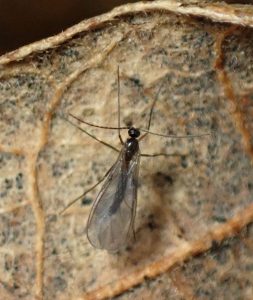 Unidentified nematoceran fly. Possibly a winter gnat (Dip.: Trichoceridae)
Unidentified nematoceran fly. Possibly a winter gnat (Dip.: Trichoceridae)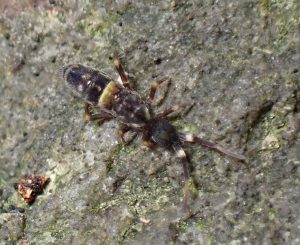 * Springtail – Orchesella cincta (Coll.: Orchesellidae) Ian Cooper
* Springtail – Orchesella cincta (Coll.: Orchesellidae) Ian Cooper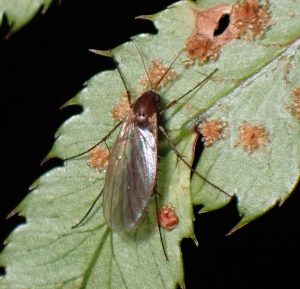 Fungus Gnat (Dip.: Mycetophilidae) Ian Cooper
Fungus Gnat (Dip.: Mycetophilidae) Ian Cooper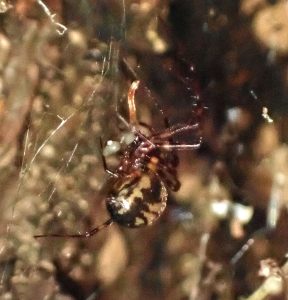 Female Pimoa altioculata (Ara.: Pimoidae) Ian Cooper
Female Pimoa altioculata (Ara.: Pimoidae) Ian Cooper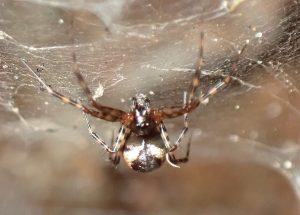 Unidentified linyphiid spider (Ara.: Linyphiidae) Ian Cooper
Unidentified linyphiid spider (Ara.: Linyphiidae) Ian Cooper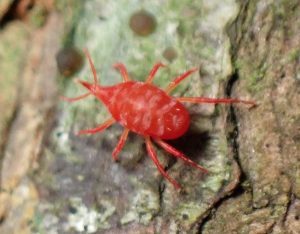 Snout mite (Acari: Bdellidae) Ian Cooper
Snout mite (Acari: Bdellidae) Ian Cooper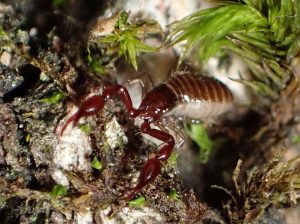 Pseudoscorpion (Pseudoscorpiones) Ian Cooper
Pseudoscorpion (Pseudoscorpiones) Ian Cooper